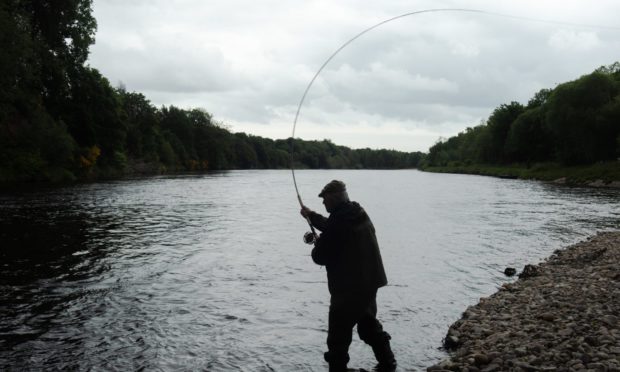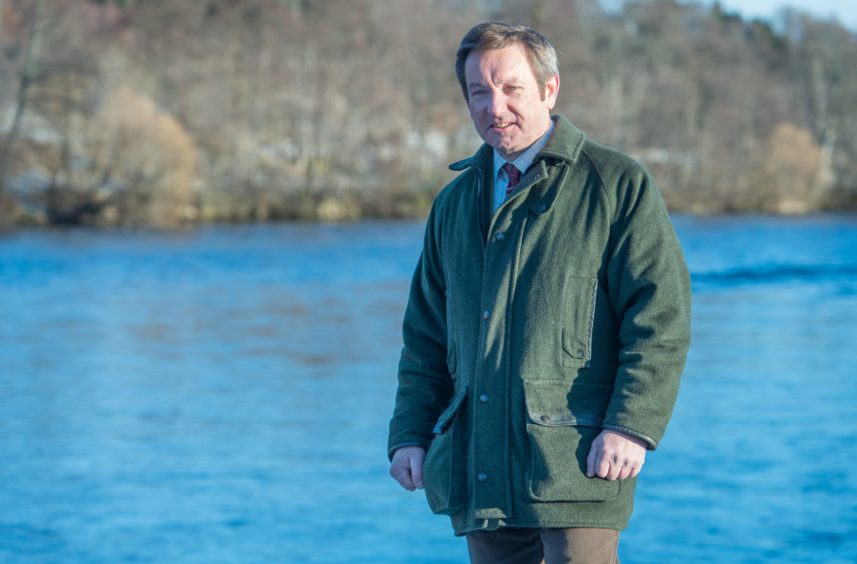Salmon catches on one of Scotland’s most celebrated rivers have leaped more than 10% from last year – building hopes of a continued revival.
Totals on the River Spey reached an all-time low of just 3,178 in 2018 amid a heatwave that caused water levels to drop to some of the lowest levels on record.
Catches recovered to 5,090 last year and have further increased to 5,622 during 2020.
The Spey Fishery Board has described the rise as “very positive” – as some beats were closed for three months of the seven-and-a-half-month season due to coronavirus.
The number of anglers making their way to the river from the rest of the UK and abroad is believed to have reduced due to the ongoing pandemic.
John Trodden, chairman of the River Spey Angler’s Association, said: “It was essentially just local anglers who were fishing and we missed April, May, June due to the lockdown, which is when you would get the spring salmon.
“I think had people been able to fish at that time the numbers would have been higher – though that’s obviously just speculation.
“Given there was that period with very little fishing, a 10% rise is certainly encouraging, even if the numbers are still nowhere near what they were 10 years ago.”
Catches of the fish on the Spey in 2008 were recorded at 11,545.
The Atlantic salmon species is reported to be declined across Scotland and abroad amid concerns it could become extinct without drastic action.
A tracking project is currently underway in the Moray Firth to examine why just five out of every 100 of the fish that leave rivers return from the sea.
Anglers have also been praised for continuing to return fish to the river to preserve stocks, with release rates of 98% for salmon and 91% of sea trout recorded.
Despite the rise in salmon in the Spey this year, a sharp drop in the number of sea trout has also been recorded.
Figures show just 987 were caught during this year’s season – a drop from 1,623 in 2019.
A Spey Fishery Board statement read: “The most prolific months for sea trout catches on the Spey have historically been June, followed by July.
“This year, the Covid-19 lockdown restrictions were eased on the June 5, but only for local anglers, and the hospitality sector was only permitted to re-open from July 15.
“So, there were no visiting anglers for three-quarters of the most prolific time for sea trout to be caught in the Spey catchment and we suspect this is a significant reason for the reduction.”

